I recently purchased the KingKORG NEO from Sound House.
Korg / King KORG NEO Virtual Analog Synthesizer
Korg / King KORG NEO Virtual Analog Synthesizer
As an analog person, I don't really like the sound of digital instruments.
This is a renewal version of the virtual analog synthesizer “KingKORG” released by Korg in the past. You can tell from the name.
I had tried out the original KingKORG before, and I remember that the sound was thick. I also had the impression that KingKORG had a strong appeal as a sound source, because keyboardist Daisuke Asakura used it as the sound source for his KX5 shoulder keyboard. In that sense, KingKORG was a special synthesizer that was firmly etched in my memory.
Then came the release of the “KingKORG NEO” from Korg.
Whether it was a bonus or not, this synthesizer was equipped with a vocoder.
By chance, a female vocalist joined the band I am in. She is being given voice training by Chic vocalist Kim Davis Jones, so we decided to try doing a Chic cover. We talked about what songs we should do, and decided to do “Get Lucky” and “I Want to Love”, which were collaborations between Nile Rodgers and Pharrell Williams.
And “Get Lucky” had a vocoder part.
So, in addition to a few coincidences, I ended up buying the KingKORG NEO, using my memory of the KingKORG's fat sound as a strong reason.
This time, I would like to introduce the vocoder function of the “KingKORG NEO”, the origins of the vocoder, and representative songs that use the vocoder.
-The origins of the vocoder, set against the backdrop of war…
In the early 1940s, a technology was developed that divided the human voice into multiple bands and compressed them, allowing for the efficient transmission of sound.
During World War II, this technology was also used to transmit secret talks between British Prime Minister Churchill and US President Roosevelt.
This technology was later adapted for use in music, and the resulting effect is known as the vocoder.
A typical example of a vocoder sound is the robot voice. This is a sound that cannot be produced without a vocoder.
There was also an effect called a talking modulator that sent the sound from the speakers played by the guitarist etc. through a tube into the mouth, and picked up that sound with a vocal microphone to create interesting sounds. Jeff Beck and Jun Fukamachi etc. used this talking modulator.
A vocoder is an effect that processes the sound of a human voice input into a synthesizer or similar device, and then outputs it, so it is an effect that gives a stronger sense of processing the sound.
This effect is most effective when used as part of a song on an album. If you use it too much, it will sound cheesy. The vocoder is an effect with a big impact. Musicians need to have a good sense of music to be able to tell when it is being used too much.
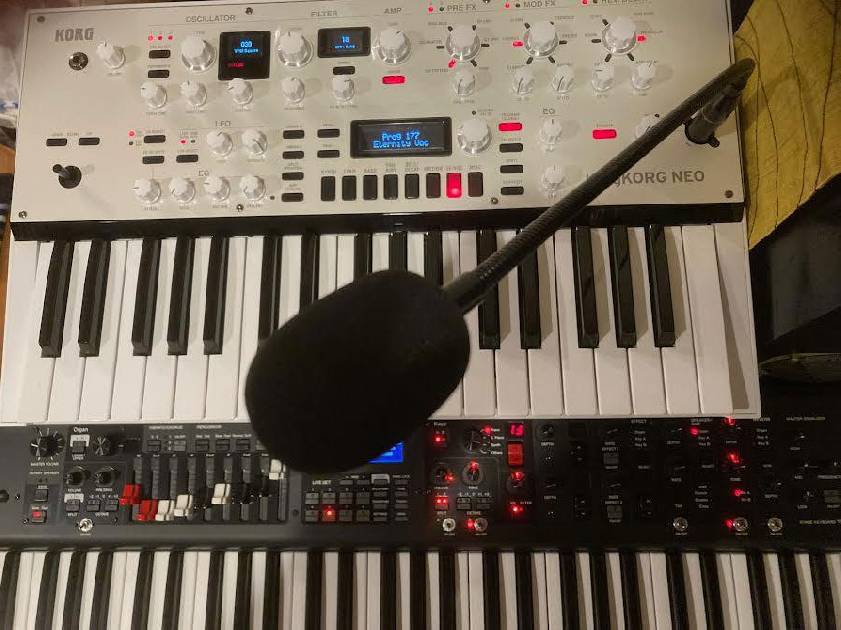
KingKORG NEO (white keys at the top, personal item)
-The vocoder function of the King Korg NEO
The body of the KingKORG NEO is white and gives a fashionable impression.
When using the vocoder, there is a dedicated vocoder microphone jack (a Canon jack) in the left corner of the panel, and you plug the included microphone into this. There is a knob for setting the input level.
Once you have selected the vocoder tone, hold down the chords etc. on the keyboard and sing into the microphone, and the vocoder sound will be output.
There are several different tones, each with a different sound. The performer can choose a preset that suits their own preferences or the image of the song.
There are also two types of effects: modulation effects such as phaser and flanger, and reverb and delay effects, each of which can be set individually.
Now, I would like to introduce some of their representative songs that use the vocoder.
-Recommended album: “Random Access Memories” Daft Punk (2013)
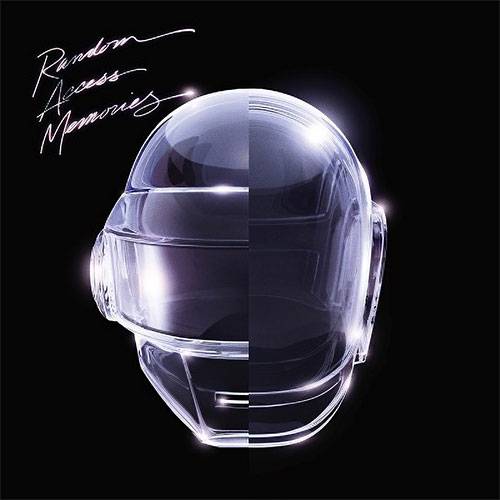
Daft Punk's smash hit album released in 2013. It won the “Best Album”, “Best Dance/Electronica Album” and “Best Engineered Album” awards at the 56th Grammy Awards.
Recommended song: “Get Lucky” by Daft Punk and Pharrell Williams
The album reached number one in the charts in over 32 countries. At the 56th Grammy Awards in 2014, they won the Best Pop Duo/Group Performance and Best Record awards.
The recording members are a fearsome line-up of Nile Rodgers (G), Paul Jackson Jr. (G), Nathan East (B) and Omar Hakim (Dr).
The vocoder is used impressively in the vocal part of the second half. What's more, another phrase is layered over the vocoder vocal part.
-Recommended album: “Raise” Earth Wind & Fire (1981)

Earth Wind & Fire This is the 14th album released in 1981. It is a record that shows the determination of the invincible Earth Wind & Fire, a complete turnaround from the previous album, which saw a decline in the group's momentum. The cover was designed by Shusei Nagaoka, who has worked on the "All 'N All" and the "I Am".
Recommended song: “Let's Groove”
From the very beginning, the impressive riff created by the vocoder captured the hearts of listeners.
With its catchy bass line created by the Minimoog synthesizer, this song spread around the world.
- “Solid State Survivor” Yellow Magic Orchestra (1979)
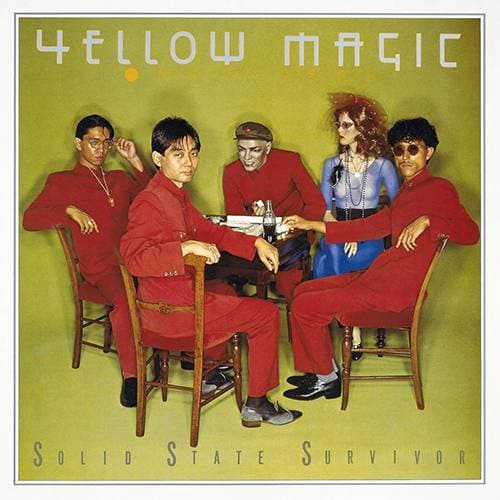
YMO's second album was a huge hit. It contained many songs credited to Ryuichi Sakamoto and Yukihiro Takahashi, and the members' skills were well-balanced. Songs like “Technopolis” and “Rydeen” were both catchy and pop, and were perfect for introducing YMO as a techno band. This meant that YMO would sweep the world.
Recommended song: “Technopolis”
'Technopolis' starts with the vocoder repeating the word 'TOKIO'. Ryuichi Sakamoto is a musician with exceptional composition and arrangement skills, having studied composition with a teacher from junior high school. Even during his part-time work as a student, he was involved in supporting performances and arrangements for various musicians.
Naturally, he also knew the key to what would happen if he assigned a certain part of a song to a certain instrument.
The vocoder on “TOKIO” at the beginning of “Technopolis” gives us a glimpse of Ryuichi Sakamoto's playful side.
Naturally, when dealing with the world, the phrase “TOKIO” must have been a must-have phrase for this technopolis.
The vocoder was not particularly new at the time, and it must have been an effect that they were already familiar with. By using it at the beginning of the song, the mood of the YMO era and the gimmicky nature of the vocoder were perfectly matched. Ryuichi Sakamoto was a musician with such intelligence.
Roland's vocoder, the VP-330, became known around the world as a must-have item for YMO.
Musicians, albums and recommended songs featured this time.
- Daft Punk, Earth Wind & Fire, etc.
- Albums: “Random Access Memories”, “Raise”, “Solid State Survivor”
- Recommended songs: “Get Lucky”, “Let's Groove”, “Technopolis”
⇒Sound House Piano/Synthesizer List
The column "Sound & Person" is created through contributions from all of you.
For more details about submissions, click here.





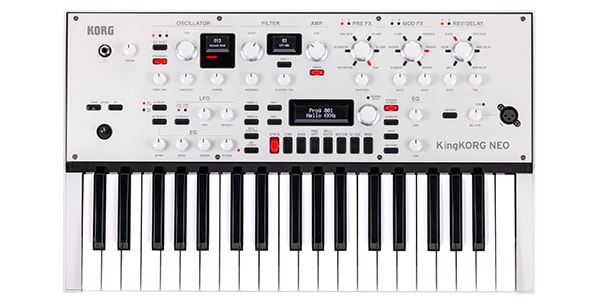







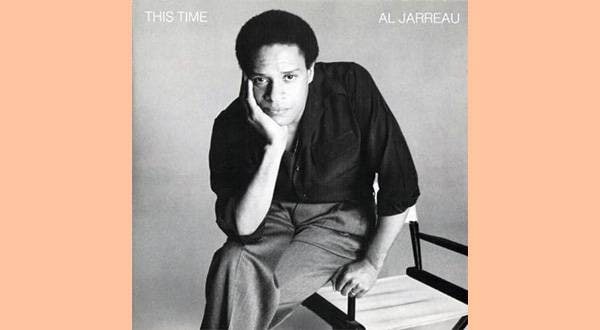

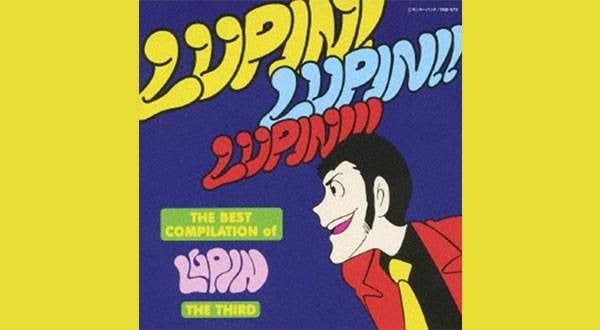
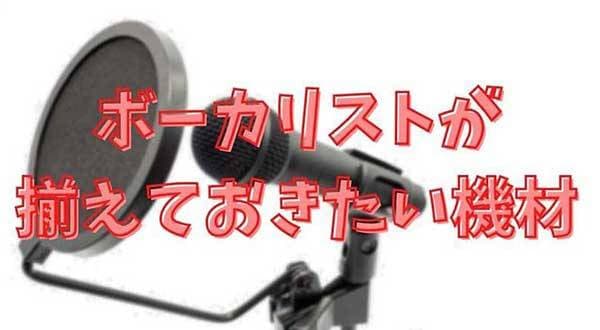

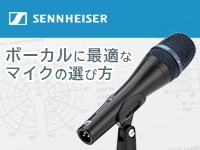 Sennheiser ボーカルに最適なマイクの選び方
Sennheiser ボーカルに最適なマイクの選び方
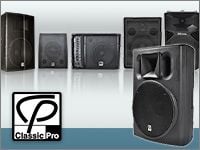 スピーカーの定番 Classic Proのおすすめモデル
スピーカーの定番 Classic Proのおすすめモデル
 初心者向けUSBマイクの選び方
初心者向けUSBマイクの選び方
 BOSS ボーカル・エフェクターのススメ
BOSS ボーカル・エフェクターのススメ
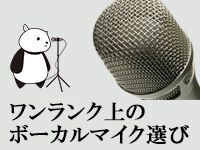 ワンランク上のボーカルマイク選び
ワンランク上のボーカルマイク選び















